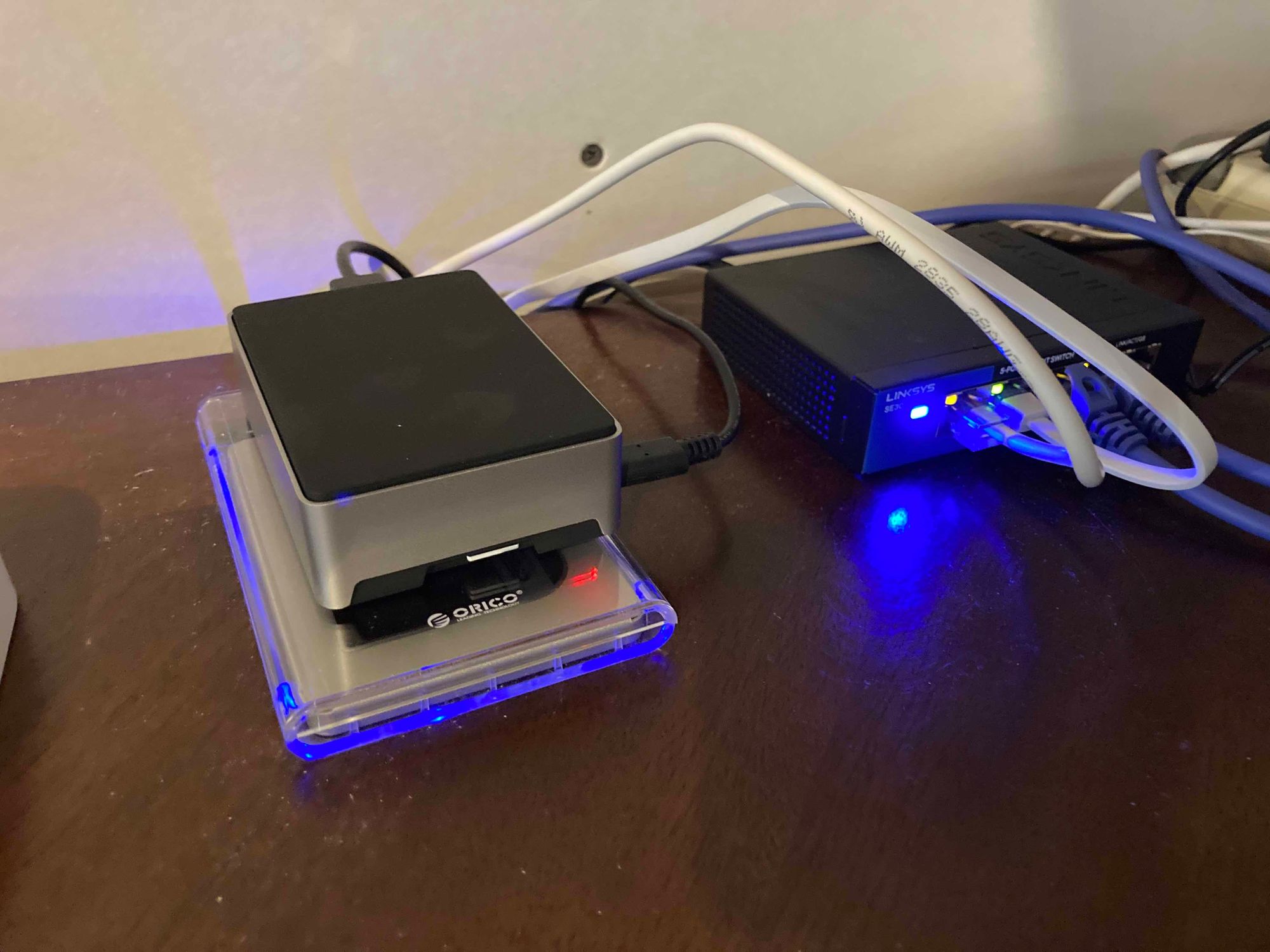What is Bitcoin?

In the most simple definition - Bitcoin is digital money.
Bitcoin is based on open-source computer software. Meaning anybody can access and run the software on their personal computer.
The Bitcoin network is a series of nodes (computers running the Bitcoin software) that are connected to one another. Each node keeps a full copy of the entire transaction ledger, enabling every individual running the Bitcoin software to independently verify all transactions.
Bitcoin is stored in digital wallets. These wallets are unique addresses that are controlled with a private key, like an encrypted password. These wallets allow you to send, store and receive Bitcoin on the network. Anybody can create their own digital wallet.
The supply of Bitcoin is fixed at 21 million units. You can also divide each Bitcoin by 1/100,000,000. The smallest unit, 0.0000001 of a Bitcoin, is called a Satoshi or “Sat.” Because Bitcoin is divisible, it enables you to purchase and send fractions of a Bitcoin over the network.
Bitcoin transactions are added to the ledger in “blocks.” Added together, the list of blocks creates a history of all transactions, called the blockchain. Nobody controls the blockchain, but instead, miner computers performing Proof of Work computations are all competing to create the next block. Based on the network's math, new blocks are created approximately every 10 minutes. This Proof of Work (PoW) consensus transforms energy and computational power into secure digital money.
Properties of Bitcoin
Let’s explore some of Bitcoin’s properties in more detail.
Digital Money
Your bank already has a smartphone application, and you can use services like Venmo to send money to friends and family. What’s so special about digital money?
It’s important to understand that Bitcoin is truly a digital native currency. The asset, the money itself, is digital. It exists only on the Bitcoin network. This means you can send and receive it digitally, with near immediate settlement.
Whereas traditional financial institutions have digital applications, the assets themselves are settled through traditional financial systems and central banks. Most of the digital money you send is IOU statements that are settled later.
Fixed Supply
Bitcoin has a verifiable fixed supply. The total amount of Bitcoin that will ever exist is 21 million. This is based on the math in the computer software itself, laid out in the initial whitepaper released on October 31, 2008.
Juxtapose this with government money issued by Central Banks like the Federal Reserve or European Central bank.
The amount of Dollars or Euros that will be created is unknown. We don’t know how fast, how much, or when new government money will be created (or printed). That is decided by groups of people, not verifiable math.

This simple equation above shows how there will only be 21 million bitcoin ever created. It's written into the source code of the money itself.
With its supply fixed, you can be mathematically certain that you own X% of 21 million Bitcoin. This is the power of absolute scarcity!
Open and Permissionless
Bitcoin is open and permissionless. Because it’s open-source software and digitally native, anybody can choose to opt-in to the Bitcoin network. The peer-to-peer nature of the network also means that transactions can’t be censored by a central authority.
While this may not seem important for people living in free countries with access to traditional banking systems, it’s essential for those living under authoritarian regimes, who are “political enemies” of the state, or simply unable to access traditional banking.
This is why organizations like the Human Rights Foundation have emphasized the importance of Bitcoin. They understand that the ability to send, store, and receive money is a fundamental need for people. Just as the internet enabled the free flow of information, Bitcoin enables freedom and empowerment with money.
Trustless
Bitcoin is a trustless asset. You don’t need to trust a bank, government, or even someone you transact with on the Bitcoin network. It’s like owning a digital version of (better) gold, that is immediately verifiable through simple computer software.
The “rules” of the network are set in open-source software that anybody can run. People often say that Bitcoin is about “Rules, not Rulers.”
There is no leader or organization that controls Bitcoin. The creator of Bitcoin, Satoshi Nakamoto, is anonymous and does not control the network. The software is being developed in the open, and upgrades to the code must be compatible with the existing rules of the network.
Anybody, including you, can run a Bitcoin node. An inexpensive computer can be used to download the entire Bitcoin ledger (blockchain) and verify new transactions with the network. Imagine being able to audit the Federal Reserve on your home computer!

The Protocol of Money
Protocols are at the foundation of how we use the internet to build applications. One way I like to think of Bitcoin is that it’s the internet’s money protocol.
- HTTP allows us to transfer website data.
- SMTP allows us to transfer emails.
- FTP allows us to transfer files.
- BTC allows us to transfer monetary value.
Bitcoin is digital money. This open network is the protocol of money that anybody with an internet connection can access and build upon.
Just like other internet protocols have created incredible innovation and human flourishing, the protocol of money has the potential to transform the way we send, store and receive monetary value.
